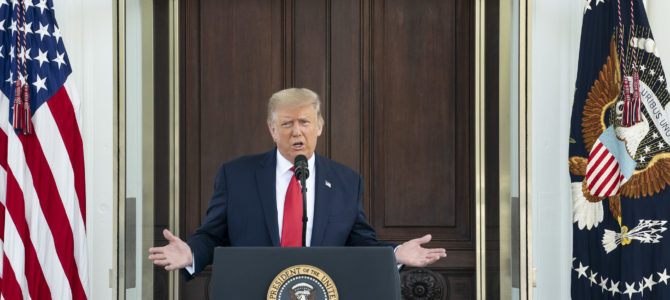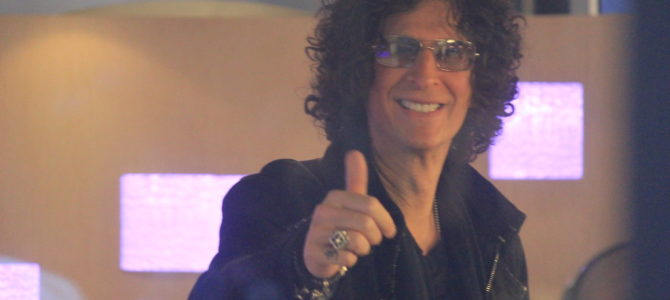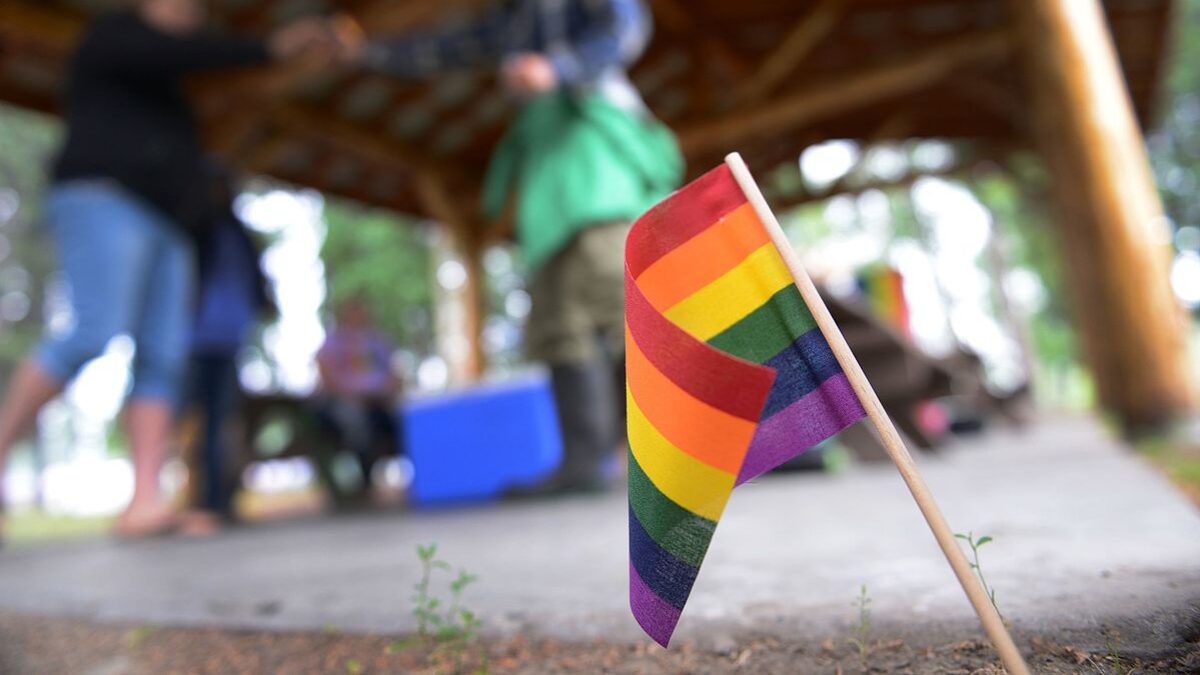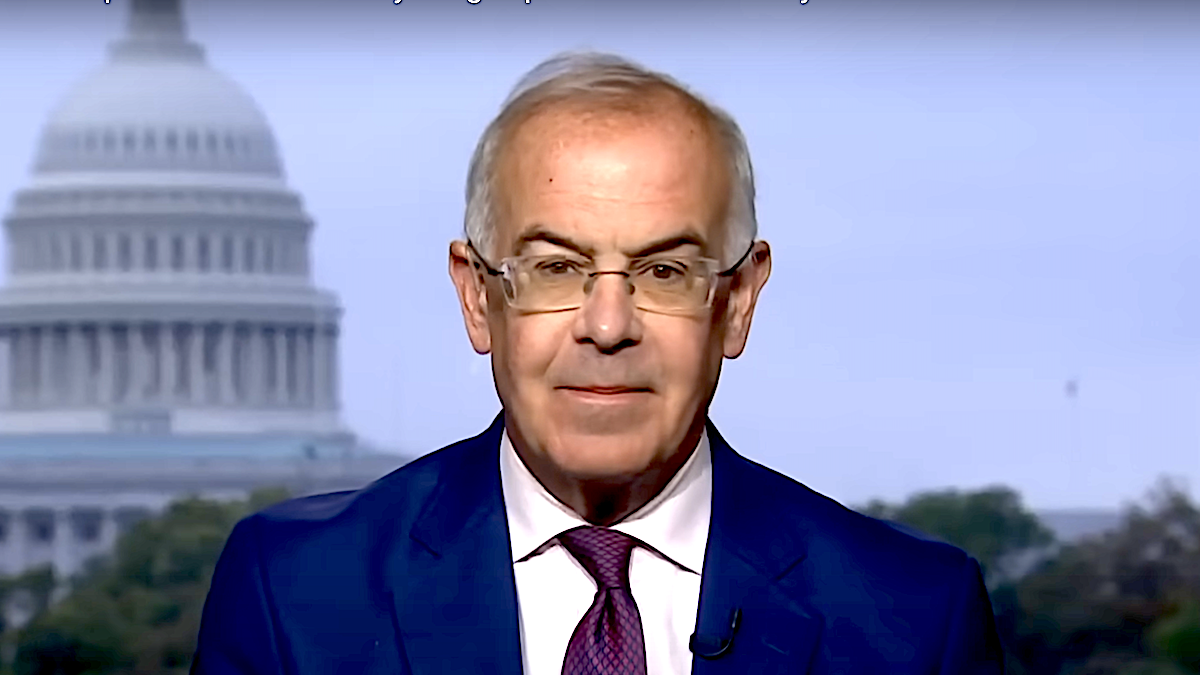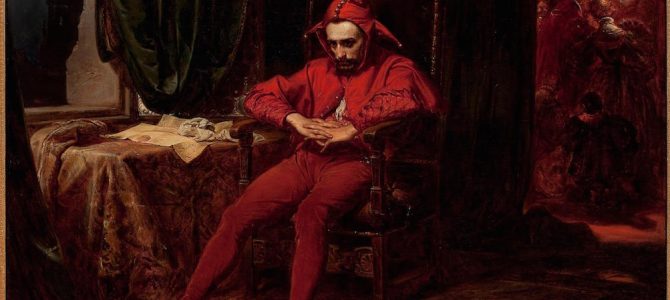
We need to talk about the clown thing. Amid all the outrageous presidential election headlines lately, you’ve no doubt also seen a steady trickle of headlines about creepy, demented clowns spotted all over the country. It started back in August, when children in South Carolina reported that clowns were trying to lure them into the woods.
Since then, dozens of clown sightings have been reported from Los Angeles to Long Island. The vast majority of these have been unconfirmed, but in some cases police have arrested people dressed as clowns for carrying knives or hatchets. An entire public school system was temporarily shut down in Ohio after a clown attacked and choked a woman.
The clown scare has even spread overseas to Britain, where dozens of “creepy clowns” have been reported across Wales, according to the BBC, and clown sightings have triggered a police warning. (At least one boy was injured when he encountered a clown in a Rotherham alleyway and the clown hit him with a log.)
As you can imagine, people are terrified of these clowns, and they’re beginning to take matters into their own hands. Some have even taken to clown hunting. At Penn State, hundreds of students swarmed the streets in early October as part of a so-called “clown riot,” after rumors spread that several clowns had been spotted near campus. Something similar happened at Nashville’s Belmont University.
As the clown hysteria builds, professional clowns are beginning to fear for their safety. Police in Utah have issued warnings not to shoot people dressed as clowns. A “Clown Lives Matter” march scheduled for this weekend was canceled because of death threats. Even Stephen King, whose 1986 novel “It” depicted a veritable archetype of the demented clown, has issued an appeal for calm:
Hey, guys, time to cool the clown hysteria–most of em are good, cheer up the kiddies, make people laugh.— Stephen King (@StephenKing) October 3, 2016
Clowns Are A Sign Of ‘Liminal Anxiety’
What’s going on with these clowns? Why are so many people posing as demented clowns, and why are so many Americans afraid of them?
The clown craze might seem bizarre and random, but it springs directly from a collective sense of unease, anxiety, and fear. This election season has been marked above all by anger and frustration at the political class, which fueled the insurgent campaign of Bernie Sanders and continues to fuel Donald Trump’s campaign.
It’s also been marked by a sense, especially among Trump supporters, of identity crisis—that the country they know is slipping away from them. Trump’s slogan, “Make America Great Again,” hearkens back to a simpler, albeit hazy, time when things were better, when the disruptions of globalization were not so keenly felt, and working-class communities were more homogenous.
That anxiety has found visceral expression in anti-immigration sentiment. That’s not to say our immigration system isn’t in need of serious reform, but the animosity toward immigrants among Trump supporters reflects something deeper than qualms about low-skilled Mexican laborers displacing former factory workers in the Rust Belt. In fact, despite the harsh immigration rhetoric from Trump, polls show that a large majority of Americans are opposed to things like a border wall and mass deportation. That’s true even in Texas, which shares a long border with Mexico and where Trump leads Hillary Clinton by an average of more than six points.
So how do clowns fit into all this? Last month at the Texas Tribune Festival, clowns came up during a panel discussion on the future of conservatism. The moderator, Erica Grieder, a senior editor at Texas Monthly, mentioned a conversation she had some years ago with Janet Davis, an historian at the University of Texas. Davis wrote a book in 2002 called “The Circus Age,” detailing the role the circus once played in American life.
Besides being a spectacle for entertainment, circuses in the nineteenth and early twentieth centuries were a way for Americans to grapple with the massive changes and transitions happening all around them—what academics call “liminal anxiety.” In those days, Americans were arguably dealing with far more upheaval than we are today. The Industrial Revolution didn’t just bring mass immigration to America, it also triggered mass migration of rural Americans into cities and away from agrarian life.
As our cities grew and ethnicities mixed, tensions naturally arose between the native-born and the newly arrived. In this context, circus clowns often represented immigrants.
Since whiteness wasn’t a de facto marker of privilege in turn-of-the-century America, even immigrants from Europe were depicted by clowns with, as Davis writes, “a comical exaggeration of unassimilable racial differences.” Clowns could also be native-born rustics, childishly clinging to an old way of life. Davis describes an 1893 burlesque after-show concert with a cast of clowns including a “Yankee Farmer,” an “Irish Knock-About,” a “Black-face Comedian,” and “Black-face Sketch Artists.” She writes:
As part of its clown constellation, Barnum & Baily’s program in 1906 included a “Funny Rustic,” a “Fat Boy,” and an “Odd Zany,” among more specific ethnic types including a “German Broad Face” and an “Austrian Looby.” The Hebrew clown was another turn-of-the-century staple, a visible part of lively Jewish American entertainment culture that humorously chronicled travails of immigrant life in the United States. Like the symbolic uses of blackface through whiteface, agrarian and Old World characters nostalgically reminded male circus audiences of childish pleasures from an era when labor was seemingly more leisurely, tied to the seasons rather than the industrial clock.
During the panel, Grieder noted that clowns have always been a manifestation of this “liminal anxiety,” in part because they don’t fit into normal society. As everyone knows, clowns are often mischievous pranksters, violating social norms and conventions, which is part of their comic appeal. But that also makes them ambiguous and contradictory. Is this clown young or old? A man or a woman? Is it friendly? Is it trustworthy? Is it dangerous?
Sometimes Only A Court Jester Can Break Bad News
Precisely because clowns exist outside of established society, they also often act as truth-tellers, revealing uncomfortable or disturbing realities. Shakespeare’s “Twelfth Night,” for example, ends with the character Feste—a classic Shakespeare fool—alone on stage, singing directly to the audience about one of the play’s central themes: the inevitable march from the bliss of childhood to the trials and disappointments of adulthood:
When that I was and a little tiny boy,
With hey, ho, the wind and the rain,
A foolish thing was but a toy,
For the rain it raineth every day.
But when I came to man’s estate,With hey, ho, the wind and the rain,
’Gainst knaves and thieves men shut their gate,
For the rain it raineth every day.
The happy, innocent clown of contemporary American culture is a rather watered-down version of this older, more complicated clown. Medieval court jesters and harlequins played the fool not just to entertain, but often to give expression to otherwise forbidden or unpopular notions. Sometimes they could speak frankly to the king when no one else could. When the French navy was destroyed at the Battle of Sluys in 1340, only the court jester could break the news to King Philip VI, joking, “How brave the Frenchmen are, throwing themselves into the sea, unlike those cowardly English, who cling to their ships.”
The most famous jester in Polish history was Stańczyk, who was a member of the court of three Polish kings during the turn of the sixteenth century, when Poland enjoyed a period of great political and cultural power.
Stańczyk was more than just a jester, he was a trusted political advisor. A famous 1862 painting of him by Jan Matejko, entitled, “Stańczyk during a ball at the court of Queen Bona in the face of the loss of Smolensk,” shows the jester deep in thought while a lively ball rages in the background, celebrating a recent victory at the Battle of Orsha. Stańczyk sits apart from the revelers, brooding on the loss of the fortress Smolensk to the Russians, which a discarded letter on a table next to him announces. The painting is a portrait of dynastic downfall amid celebration, and the jester is the only one who understands what’s really going on.
That’s not to say the recent mass sightings of demented clowns across the country are a portent of American decline. But they are likely a sign of heightened anxiety, fear, and tension. In that sense, the clowns might be a good thing: they’re trying to tell us something. To be sure, we’re going through a period of change and transition—a “liminal” moment, so to speak—but the presidential election has stirred up racial tensions and class resentments that many Americans thought were a thing of the past.
They’re not, and it’s an ugly and uncomfortable thing to behold. So uncomfortable, maybe, that only a bunch of psychotic clowns can break the news to us.


